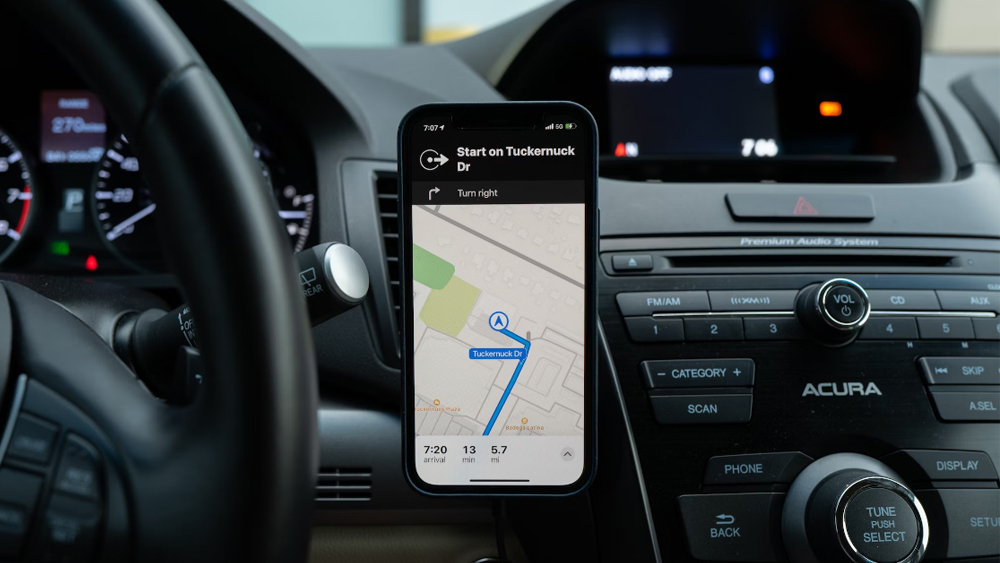What is a dual Car Dash Cam?
What is a dual Car Dash Cam
When purchasing a dashcam, you may come across the options of single-channel and dual-channel. But how do you choose the right one for you? The "channel" refers to the number of cameras that are included in the dashcam kit and whether it includes a second camera to record the rear view.

A dual-channel dashcam has two cameras, with the primary unit mounted on the car's windshield to record the driving situation, and a smaller secondary camera to record from the rear view mirror. However, most drivers only need a single-channel dashcam for long-term use.
A dual-channel dashcam is an improvement as it can record both ways. In the past, users often complained about poor chipset quality or the rear camera not being clear enough. To address these issues, JIMI IoT has developed a range of dashcams that provide clear videos through front and rear cameras.
So what can a dual-channel dashcam do? When the device is hard-wired into the vehicle and sensors detect a collision or the cameras detect motion, the device will start recording. By continuously recording, dashcams can capture any events or accidents, such as reckless driving, collisions, or even traffic jams. As long as the dashcam has power and is turned on, it will record everything in its field of view.
The recording time of a dashcam is limited by video resolution and SD card memory size, but JIMI IoT's dashcams can continue recording even when the storage card is full. Most high-quality dashcams have loop recording, which means that when the storage space is insufficient, new recordings will overwrite the oldest ones. However, abnormal events and warnings will always be stored on the SD card, and automatically recorded videos will have higher clarity. The lower the resolution, the less memory the video occupies.
Smart dashcams also offer cloud video management, making it easy to upload saved videos to online platforms. This can free up storage space on the camera's SD card and make it easy to edit and share footage as needed.
So should you buy a dual-channel dashcam? For private cars, trucks, and SUVs, having two or even more cameras can provide better coverage. This setup can offer better visibility, whether it is capturing the unstable behavior of pedestrians in front or proving that you were driving normally when someone rear-ended you. If you are injured in an accident, a dual-camera setup can provide you with more footage to support your claim and ensure that you receive the compensation you deserve.
One of the greatest advantages of a dual-channel dashcam is that installation and operation are very simple. You can easily access the two camera lenses, reducing the hassle of obtaining the necessary footage. Additionally, both cameras use the same video size, making it easier to align and ensure that you can see the entire situation when an accident occurs. The saved recordings can usually be uploaded to the cloud for safekeeping and shared with insurance companies, police, or others after an accident to help protect your rights in case of accidents, insurance fraud, or other unexpected events.























































